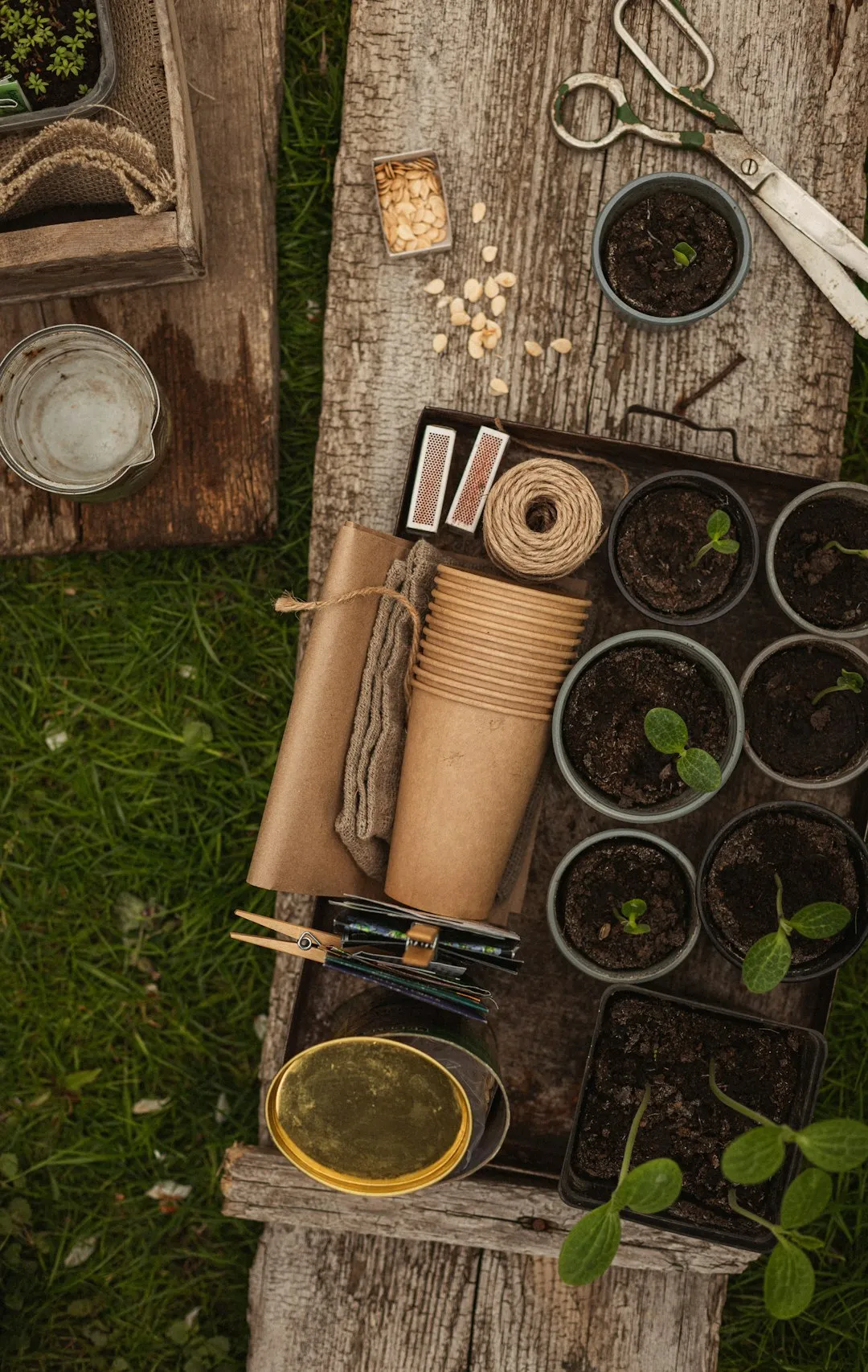The Golden Wonders of Spring: Sundrops in Your Garden

Spring is a season of renewal and beauty, and few things capture the essence of this time more than the vibrant colors and delicate fragrances of flowers. Among the many floral treasures that grace our gardens, sundrops stand out as a particularly charming and resilient choice. These perennials are not only easy to grow but also bring a burst of sunshine to any landscape with their hundreds of yellow flowers.
Sundrops, scientifically known as Oenothera fruticosa, are native to North America and have been a favorite among gardeners for centuries. They are well-suited to full-sun, high-heat conditions, making them an ideal choice for gardens in warmer climates. One of the most remarkable features of sundrops is their ability to thrive with minimal water during the growing season. This makes them a sustainable option for gardeners looking to conserve water without sacrificing beauty.
When it comes to planting sundrops, the process is relatively straightforward. They prefer well-drained soil, so it's important to choose a location in your garden that doesn't retain too much moisture. You can start by preparing the soil by loosening it with a garden fork or tiller. Adding some organic matter, such as compost or aged manure, can also help improve the soil's fertility and drainage.
Once the soil is ready, you can plant your sundrop seedlings or transplants. Make sure to space them about 12 to 18 inches apart to allow for proper growth and air circulation. Water the plants thoroughly after planting, and then keep the soil moderately moist until they are established. After that, you can reduce the frequency of watering, as sundrops are quite drought-tolerant.
As spring arrives, you'll be rewarded with a spectacular display of yellow flowers that cover the plant. These flowers are not only beautiful but also attract pollinators such as bees and butterflies. The bright yellow petals of the sundrop flowers are a sight to behold, and they can add a touch of cheerfulness to any garden. The flowers typically bloom from late spring to early summer, creating a long-lasting show of color.
In addition to their aesthetic appeal, sundrops also have some practical uses. They can be used as a groundcover in sunny areas of your garden, helping to suppress weeds and prevent soil erosion. Their low-growing habit makes them a great choice for edging flower beds or lining pathways. You can also plant them in containers to add a pop of color to your patio or balcony.
Maintaining sundrops is relatively easy. They don't require much pruning, but you can deadhead the spent flowers to encourage more blooms. In the fall, you can cut back the plants to about 6 inches above the ground to tidy them up and prepare them for winter. Sundrops are generally hardy plants, but in colder climates, you may want to provide some winter protection, such as a layer of mulch.
Another benefit of growing sundrops is that they are relatively pest and disease-resistant. This means you won't have to worry too much about dealing with common garden problems such as aphids or fungal diseases. However, it's still a good idea to keep an eye on your plants and take appropriate action if you notice any signs of trouble.
If you're looking to expand your sundrop collection, you can propagate them through division. This is best done in the spring or fall. Simply dig up an established plant and divide it into smaller sections, making sure each section has some roots attached. Replant the divisions in a suitable location, and water them well. They should quickly establish themselves and start growing.
In conclusion, sundrops are a wonderful addition to any garden. Their ease of growth, beautiful yellow flowers, and practical uses make them a popular choice among gardeners of all levels of experience. Whether you're a seasoned gardener or just starting out, consider adding some sundrops to your garden this spring. You'll be delighted with the results and enjoy the beauty and charm they bring to your outdoor space for years to come.